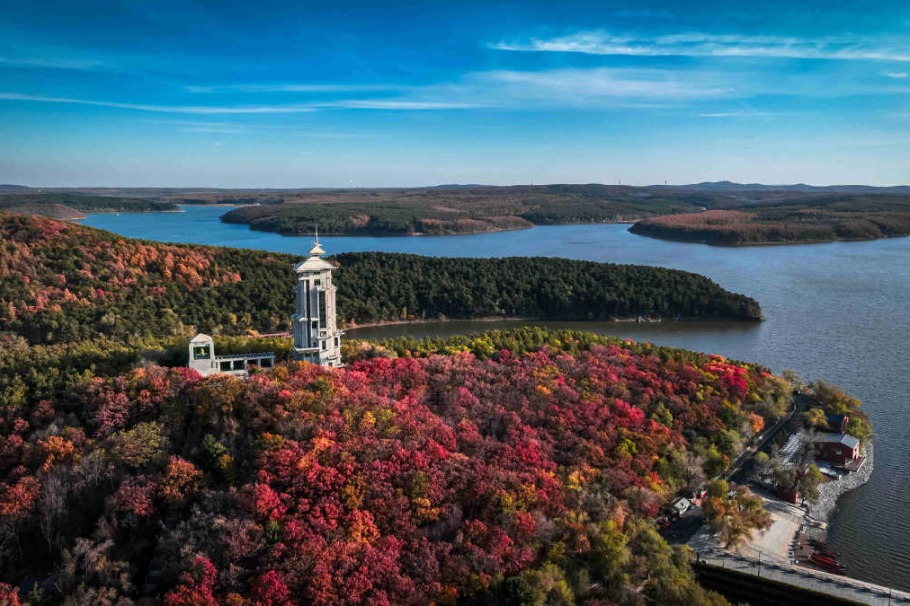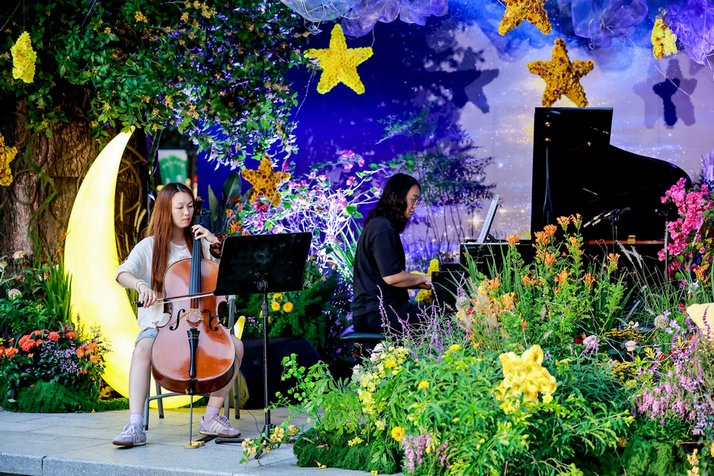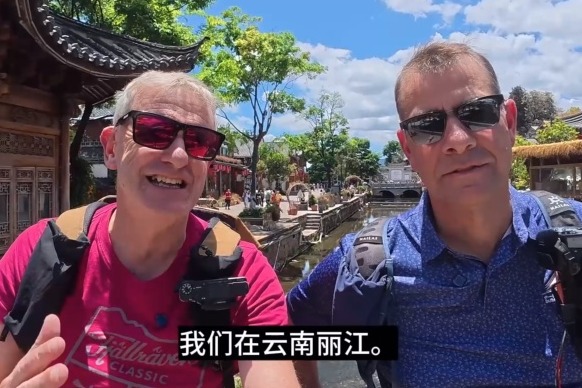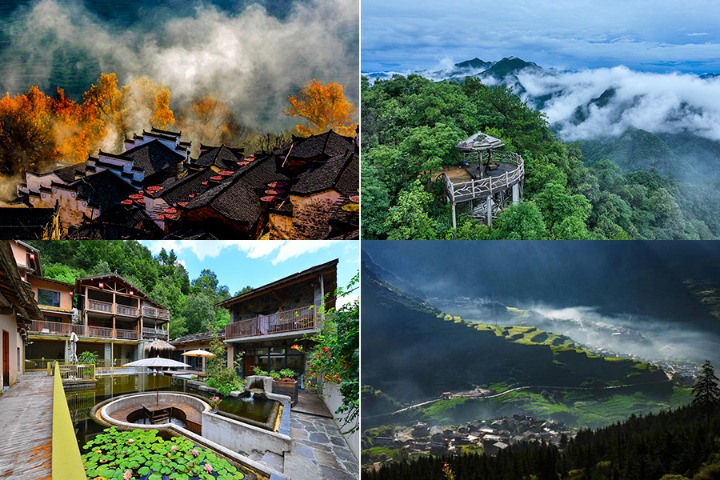China Travel Guide: Fujian

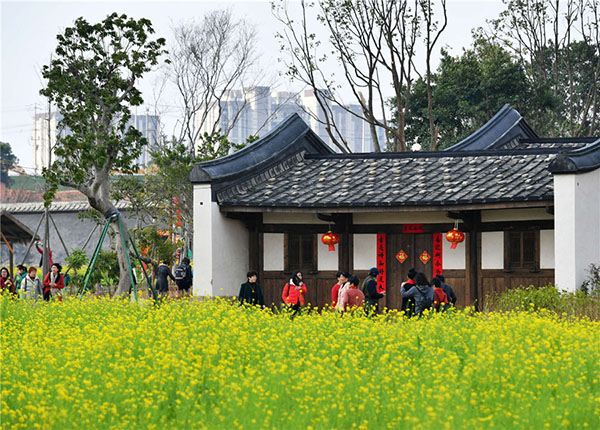
Liangcuo Historic and Cultural Block
Fuzhou's Liangcuo Historic and Cultural Block is a newly revitalized heritage area located in Cangshan district of Fuzhou. It combines the charm of an ancient village with modern cultural facilities. The core preservation zone covers about 4.3 hectares, featuring traditional houses and shops, showcasing architectural styles from the Tang (618-907), Yuan (1271-1368) and Qing (1644-1911) dynasties.
Liangcuo stands as both a living symbol of Fuzhou's rural and architectural heritage and a lively cultural spot where visitors can enjoy folk festivals, traditional crafts and a peaceful, garden-like atmosphere.

Quanzhou: Emporium of the World in Song-Yuan China
"Quanzhou: Emporium of the World in Song-Yuan China" was inscribed onto the UNESCO World Heritage List in 2021. It includes 22 sites and monuments across Quanzhou, which jointly reflect a prosperous picture of maritime trade from the 10th to 14th centuries.
The 22 representative historic monuments and sites include administrative buildings and structures; facilities showing the city's structure, such as its gates, walls and roads; religious sites and statues that witnessed multicultural communities; cultural memorial sites and monuments; iron and ceramic production sites; and the city's transportation network formed by bridges, docks and pagodas that guided voyages.
Key sites in Quanzhou include Kaiyuan Temple - the biggest ancient Buddhist temple in Fujian province, Luoyang Bridge, and Qingjing Mosque - one of the oldest mosques in China.
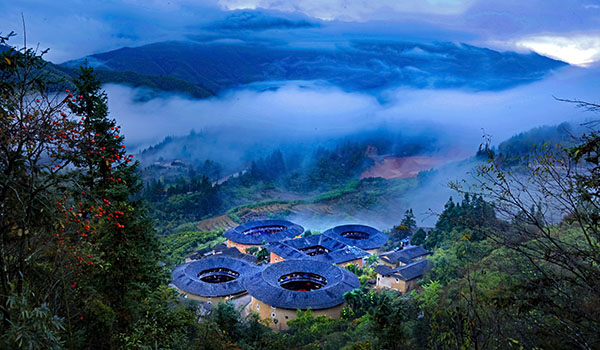
Fujian Tulou
The Fujian "tulou", or earthen buildings, are widely scattered in Yongding and Nanjing counties. They are variously-sized circular and rectangular buildings mostly set among rice, tea and tobacco fields, and some can house up to 800 people.
Several stories high, the multifamily communal living structures were first designed for defense purposes. In 2008, the buildings became well-known after 46 of them, constructed between the 15th and 20th centuries, were inscribed on UNESCO's World Heritage List as a unique residential architecture of Fujian province.
















